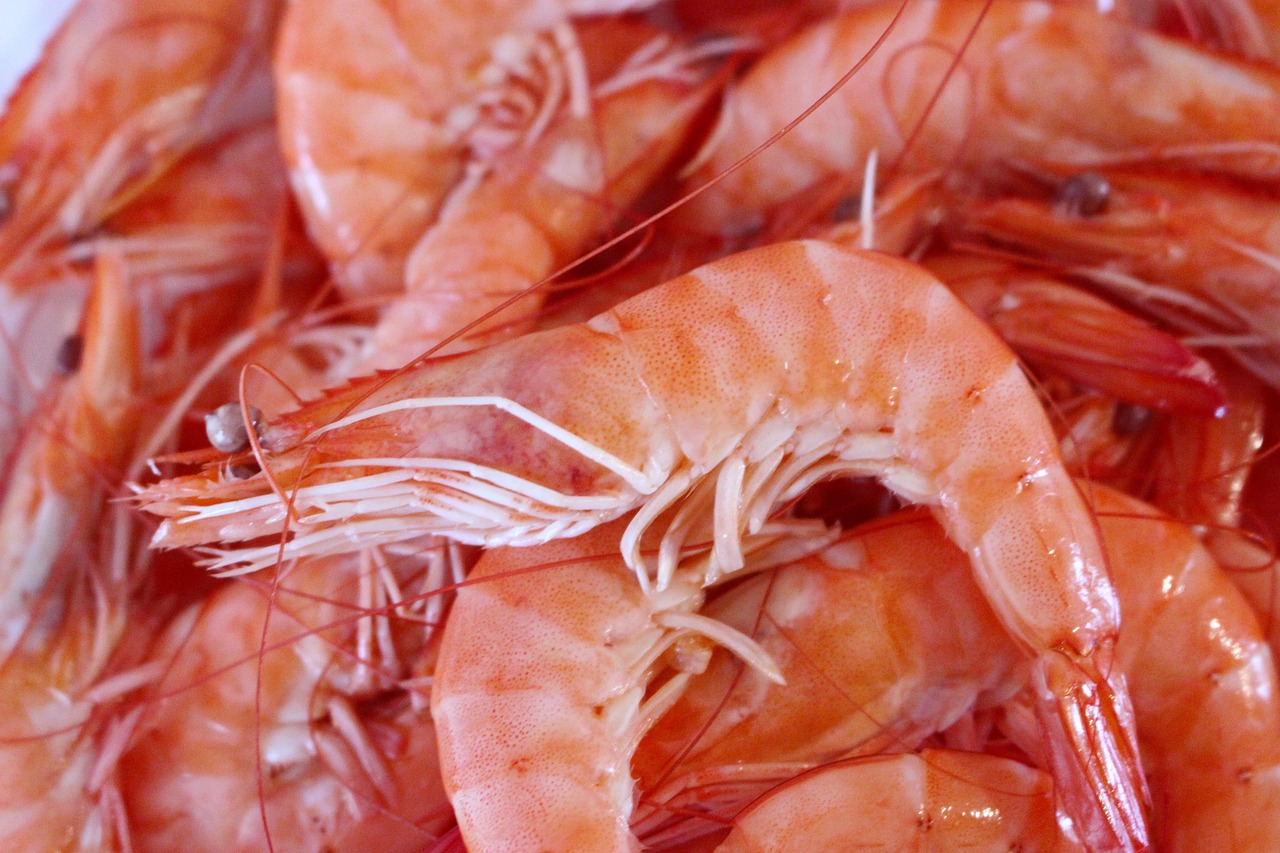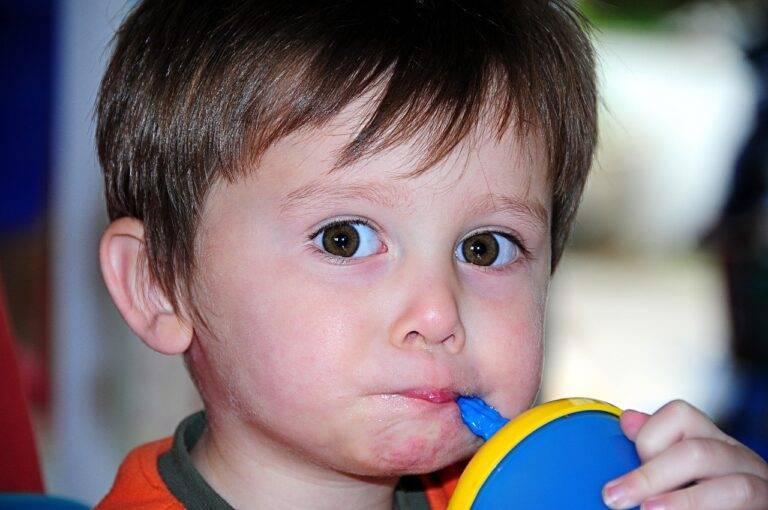The Influence of Food Advertising on Cultural Perceptions of Beauty
Food advertising plays a significant role in shaping societal beauty standards by promoting certain ideals of attractiveness. Through carefully crafted images and messages, food advertisements often associate beauty with specific body types, promoting a narrow definition of what is considered appealing and desirable. The use of attractive models and celebrities in these advertisements further reinforces these standards, creating an unattainable ideal that many individuals strive towards.
Moreover, the constant bombardment of these messages in food advertising can lead to the internalization of these beauty standards, impacting individuals’ self-esteem and body image. By linking beauty to the consumption of certain foods or products, advertisers create a connection between physical appearance and consumption behaviors, influencing how individuals perceive themselves and others. This cycle perpetuates the belief that achieving a certain look is directly tied to the products one consumes, shaping not only beauty standards but also consumer behavior in the process.
The Role of Marketing in Defining Cultural Ideals of Beauty
In today’s society, marketing plays a significant role in shaping cultural ideals of beauty. Through strategic advertisement campaigns, beauty standards are created and reinforced in the minds of consumers. From skincare products to fashion trends, marketing techniques influence how individuals perceive beauty and strive to meet these standards.
Furthermore, the portrayal of beauty in marketing can have a profound impact on individuals’ self-esteem and body image. Constant exposure to idealized images of beauty can lead to feelings of inadequacy and fuel insecurities. As such, marketers hold a responsibility in portraying diverse representations of beauty to promote inclusivity and positive self-perception.
How does food advertising influence beauty standards?
Food advertising often promotes certain body types and looks that are associated with beauty, leading individuals to strive for those ideals.
What impact does marketing have on cultural ideals of beauty?
Marketing plays a significant role in defining what is considered beautiful in a given culture, as it shapes perceptions and influences consumer behavior.
Can beauty standards be changed through marketing efforts?
Yes, marketing campaigns have the power to challenge traditional beauty standards and promote more inclusive and diverse representations of beauty.
Are there any ethical considerations to keep in mind regarding marketing and beauty ideals?
Yes, marketers should be mindful of perpetuating harmful stereotypes or promoting unrealistic beauty standards that may have negative impacts on individuals’ self-esteem and body image.
How can consumers be more critical of the beauty ideals presented in marketing?
Consumers can educate themselves on the tactics used in marketing, question the representation of beauty in advertisements, and support brands that promote diverse and authentic beauty standards.





